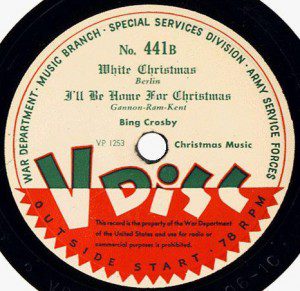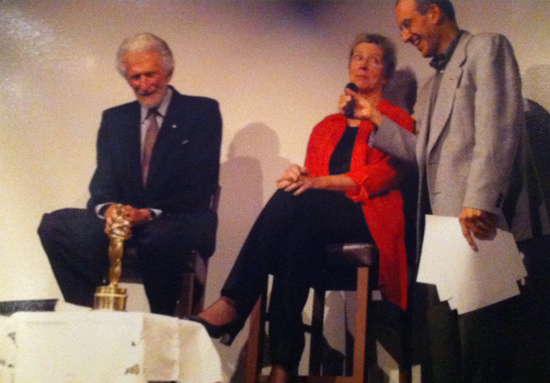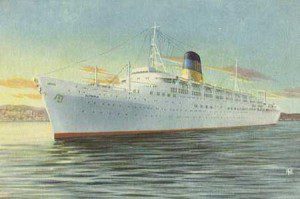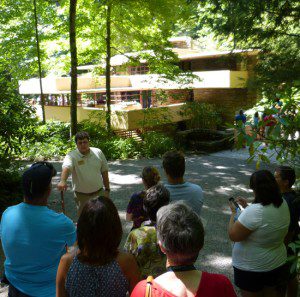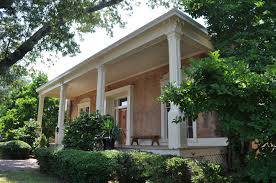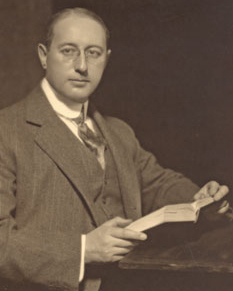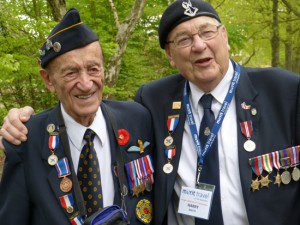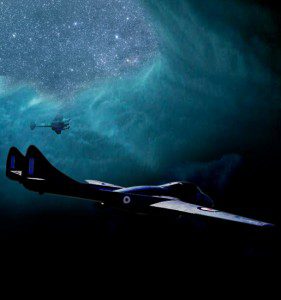
They are the most soothing and at the same time perhaps the most mysterious symbols of Christmas. They appear in carols, in the Bible, in Christmas cards and just about every nativity scene one could imagine. They are seldom quoted, but always acknowledged as trusted and worthy guides to a safe and protected place.
“And there were in the same country,” it says in the Book of Luke, “shepherds abiding in the field, keeping watch over their flock by night…” (more…)
